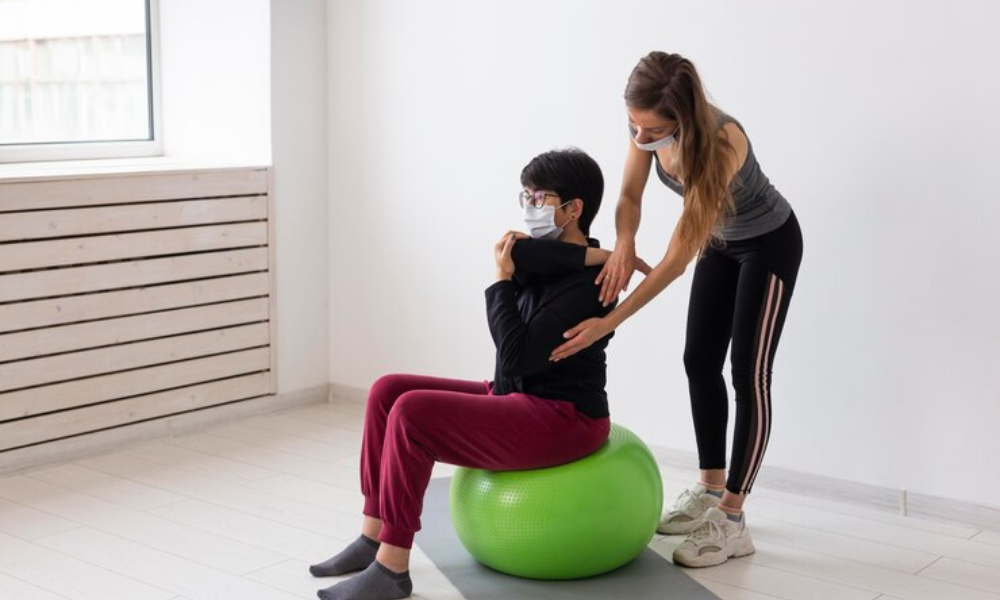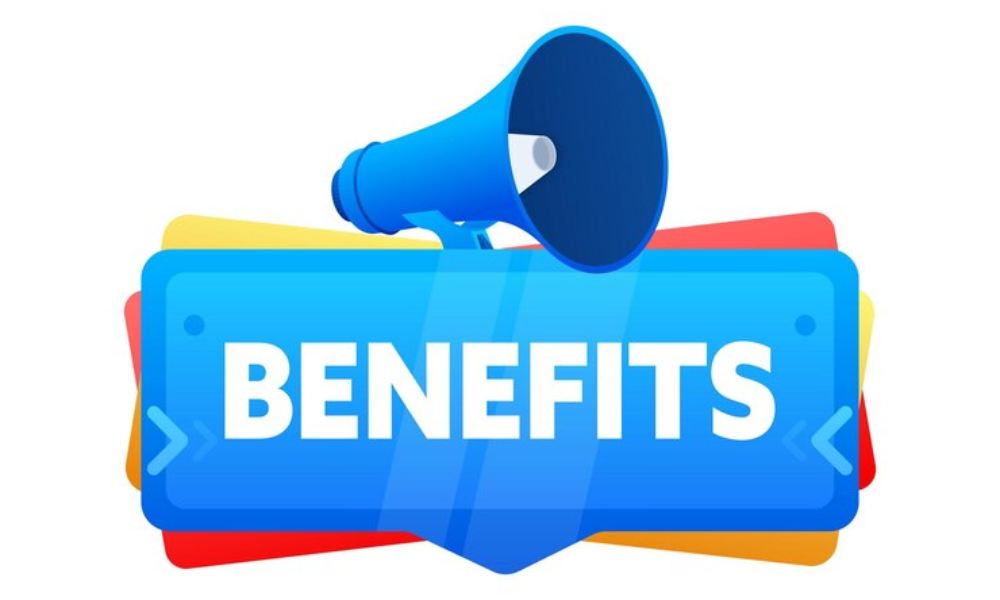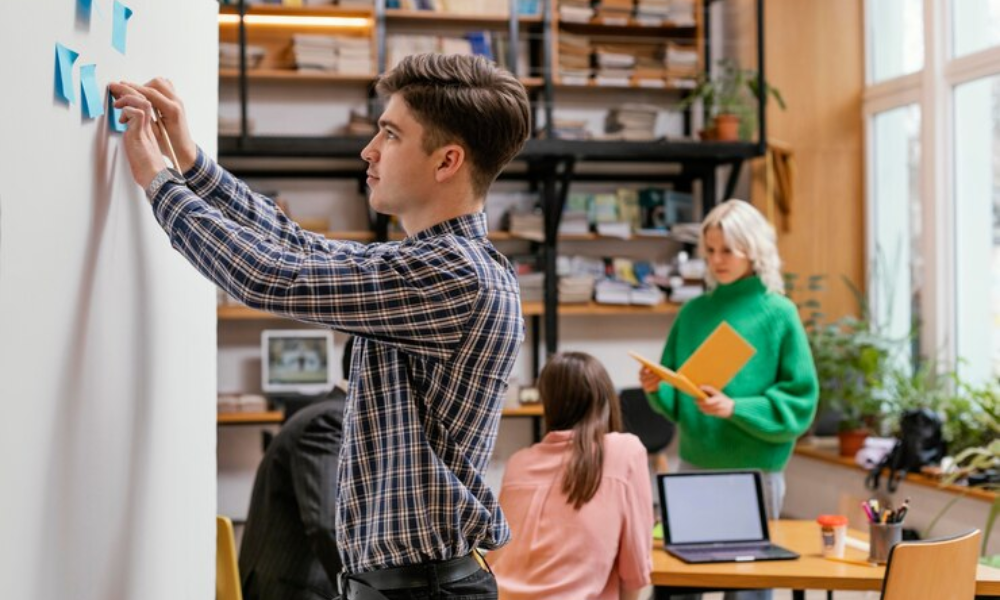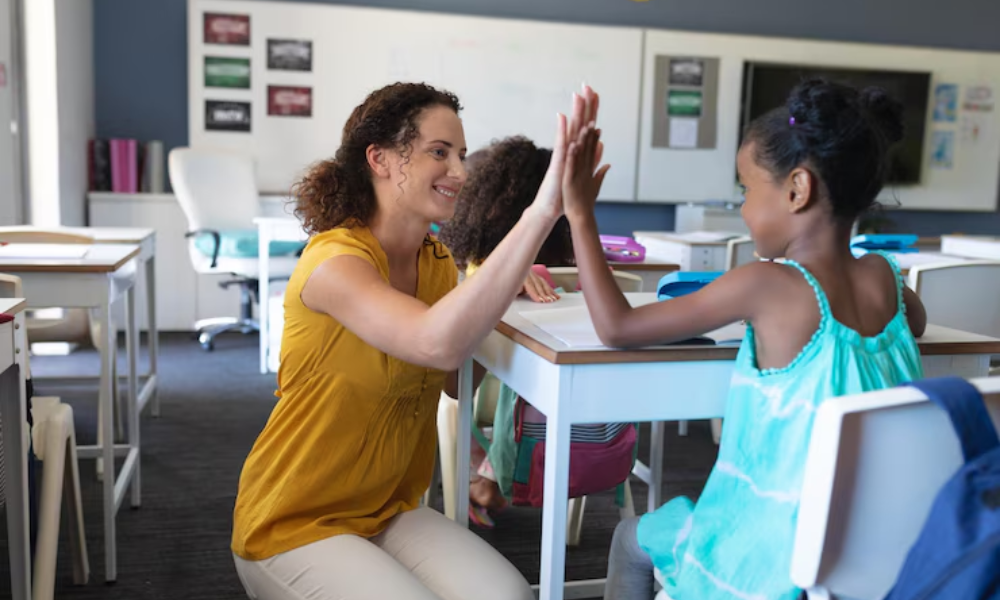Kinesthetic Learning Style is a distinctive style that involves learning through physical activities. This article aims to provide parents and students at Ecole Globale Schools with a comprehensive understanding of the kinesthetic learning style, its characteristics, benefits, and effective teaching methods.
What is Kinesthetic Learning?

Kinesthetic learning, also known as tactile or physical learning, involves using physical activities to process information. Kinesthetic learners prefer to engage in hands-on experiences rather than listening to lectures or watching demonstrations. This learning style is part of the VARK model, which includes visual, auditory, reading/writing, and kinesthetic learning styles.
Characteristics of Kinesthetic Learners
Kinesthetic learners exhibit several distinctive traits, including:
- Preference for hands-on experiences
- Tendency to get bored in traditional classroom settings
- Enjoyment of sports and physical activities
- Learning through movement and experimentation
- Being active participants rather than passive observers
Some common behaviors of kinesthetic learners include:
- Using gestures while speaking
- Writing or doodling while listening to instructions
- Preferring to build or create things with their hands
- Enjoying outdoor learning activities and field trips
Benefits of Kinesthetic Learning

Kinesthetic learning offers numerous benefits that enhance cognitive, social, and creative skills. These benefits include:
Cognitive Development
Movement and physical activities are linked to cognitive development. Physical activity increases oxygen levels in the blood, which helps fuel the brain and improve cognitive performance.
Increased Information Retention
Kinesthetic learners tend to retain information better when they are actively engaged in the learning process. Physical interaction with the material helps solidify knowledge and understanding.
Improved Social Skills
Engaging in group activities and role-playing exercises promotes teamwork and communication skills. Kinesthetic learners often develop strong social skills through these interactive experiences.
Enhanced Creative Thinking
Kinesthetic learning encourages creative thinking by allowing learners to approach problems and concepts from different perspectives. This hands-on approach fosters innovation and creativity.
Better Problem-Solving Skills
Kinesthetic learners excel in problem-solving by experimenting with different techniques and strategies. Their active involvement in the learning process helps them develop critical and analytical thinking skills.
Effective Teaching Methods for kinesthetic learning style

To support kinesthetic learners, educators can implement various teaching strategies that cater to their need for physical engagement. Here are some effective methods:
Hands-On Simulations
Incorporate hands-on simulations and experiments to help kinesthetic learners understand complex concepts. For example, a science lesson on wind energy can involve building pinwheels to demonstrate how wind turbines work.
Role-Playing Exercises
Role-playing common scenarios, such as customer service interactions, can help kinesthetic learners practice and refine their skills. This method adds a fun and active element to the learning process.
Interactive Animations and Documents
Use interactive animations and documents that allow students to engage with the material actively. For example, interactive animations of machinery can help learners understand how different components function.
Outdoor Learning
Take the learning experience outside whenever possible. Field trips, nature walks, and outdoor experiments provide kinesthetic learners with real-life examples and opportunities to engage with the material physically.
Creating Notes and Visual Aids
Encourage kinesthetic learning style to take notes using pen and paper, highlight important information, and create visual aids like charts and posters. This hands-on approach helps them retain information more effectively.
Incorporating Movement in Lessons
Allow students to move around during lessons. Standing, doodling, or even taking short breaks to stretch can help kinesthetic learners stay focused and absorb information better.
Implementing Kinesthetic Learning in the Classroom

Teachers can create a conducive learning environment for kinesthetic learners by incorporating the following strategies:
- Short Lectures: Keep traditional lectures brief and intersperse them with interactive activities.
- Group Work: Organize students into small groups for collaborative projects and discussions.
- Use of Tools and Materials: Provide students with tools like puzzles, blocks, and modeling clay to facilitate hands-on learning.
- Frequent Breaks: Schedule regular breaks to allow students to move around and recharge.
- Real-World Connections: Relate lessons to real-world scenarios and encourage students to explore these connections physically.
Conclusion
Understanding and supporting kinesthetic learning style is essential for fostering a productive and inclusive educational environment.
By recognizing the unique needs of these learners and implementing appropriate teaching methods, educators at Ecole Globale Schools can ensure that every student receives the support they need to succeed.
Through hands-on experiences, outdoor learning, and interactive activities, kinesthetic learners can develop critical thinking skills, enhance creativity, and achieve better academic outcomes.
By focusing on the kinesthetic learning style, we can create a more dynamic and engaging educational experience that caters to the diverse needs of all students. This approach not only benefits kinesthetic learners but also enriches the learning environment for everyone.
Frequently Asked Question
Q1. What is a kinesthetic learning style?
Answer. kinesthetic learning style involves using physical activities to process information, favoring hands-on experiences over lectures or demonstrations.
Q2. What are the characteristics of kinesthetic learners?
Answer. They prefer hands-on activities, get bored in traditional settings, enjoy sports, and learn through movement and experimentation.
Q3. What are some common behaviors of kinesthetic learners?
Answer. Using gestures while speaking, writing or doodling while listening, preferring to build things, and enjoying outdoor activities.
Q4. How does kinesthetic learning benefit cognitive development?
Answer. Physical activity increases oxygen levels in the blood, which helps fuel the brain and improve cognitive performance.
Q5. Why do kinesthetic learners retain information better?
Answer. Physical interaction with the material helps solidify their knowledge and understanding.









